Compartir:
¡Descárgalo!
Este recurso de Educación in Motion también está disponible como PDF.
Descargar PDF
En nuestro anterior artículo ‘Memorias de asiento’ revisamos los beneficios y la aplicación clínica de programar las posiciones finales de cada función de asiento con memoria, con el fin de crear una "posición" o postura única para el usuario, accesible pulsando un botón y/o el joystick. Para aprovechar al máximo la posibilidad de personalizar las memorias de asiento disponibles en las sillas de ruedas eléctricas QUICKIE con el módulo CxSM, es importante que el técnico ortopeda o el profesional sanitario programen cada posición individualmente. En este artículo proporcionamos una guía fácil para la programación de las memorias de asiento.
Paso 1
Mueve el asiento a la posición deseada. Cambia cada actuador simple y elemento del sistema de asiento para conseguir la posición deseada.
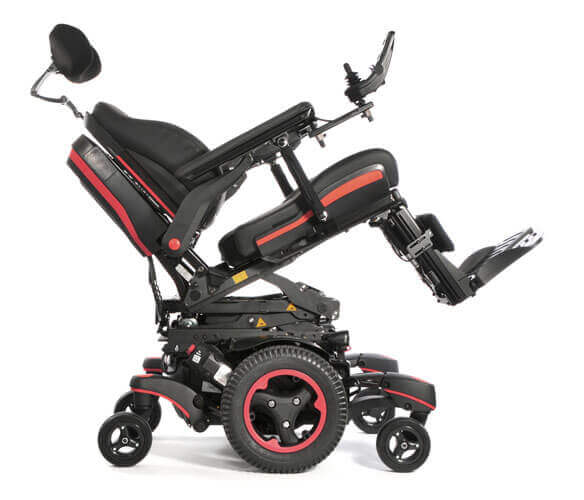
Paso 2
Con el joystick, escoge la posición que deseas cambiar. Ejemplo: "M3 Alivio de presión" o "Relax".
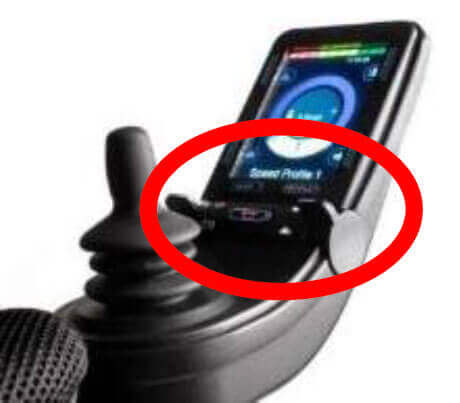
Paso 3
Conecta un único pulsador (por ejemplo: pulsador ovalado) en el inhibidor nº 6 (entrada de un Puerto Jack) de la CxSM.
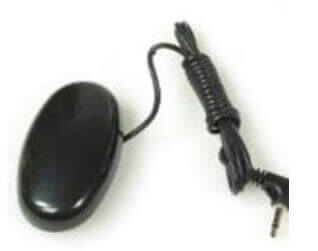
Paso 4
Mantén pulsado el pulsador único y, al mismo tiempo, desplace del joystick hacia atrás y mantenlo pulsado durante tres segundos.
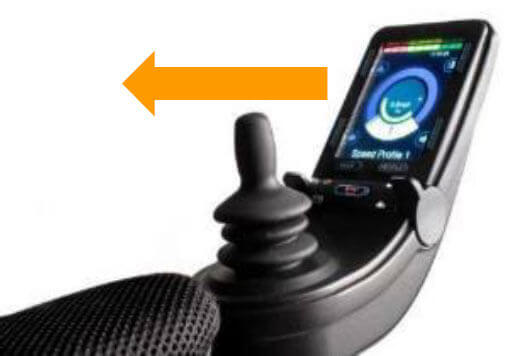
Paso 5
Cuando oigas el pitido del joystick, la posición estará fijada. Suelta el joystick y, a continuación, el pulsador.
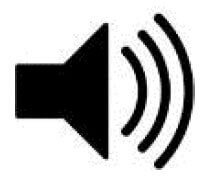
Restablecer
Para restablecer una posición de memoria a los ajustes de fábrica, repite los pasos 4-5, pero mantenlos pulsados al mismo tiempo durante seis segundos (sonará un segundo tono).
Nota: Sólo las sillas de ruedas eléctricas Sunrise Medical que utilizan el módulo de control CxSM tienen acceso a la opción de memorias de asiento.